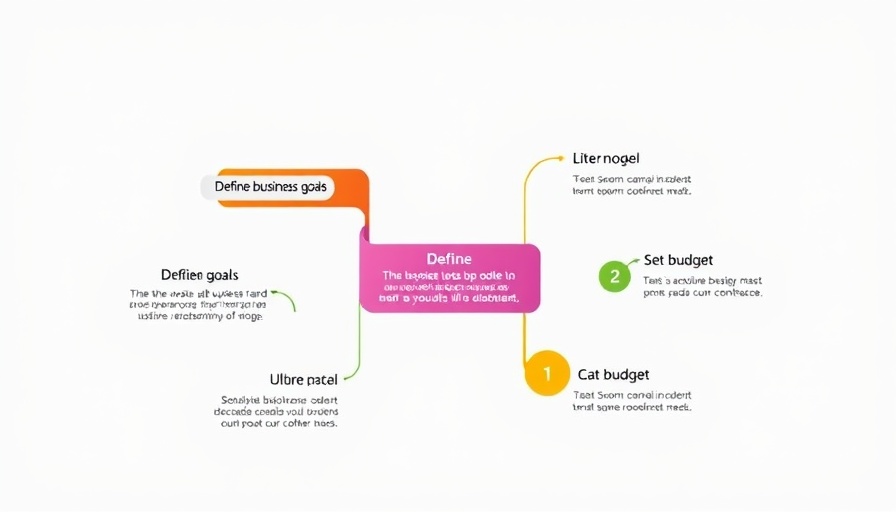
Crafting an Effective Outsourcing Strategy: The Key Components
As global markets become increasingly competitive, businesses are turning to outsourcing as a strategic approach to streamline operations and enhance efficiency. However, crafting a winning outsourcing strategy requires careful planning and execution.
Understanding Your Business Needs
Before diving into outsourcing, it’s crucial for an organization to clearly understand its own needs and objectives. This encompasses identifying tasks that can be effectively outsourced without impacting the quality of service offered. For instance, routine processes such as customer service, IT support, and even elements of digital marketing can be outsourced. Understanding the specifics of these functions allows businesses to seek the right partners that specialize in these areas.
Choosing the Right Partner: What to Look For
Your outsourcing partner is essentially an extension of your organization, making the selection process critical. Look for partners with a proven track record, relevant industry experience, and a robust portfolio. For example, in the digital marketing sphere, agencies that demonstrate successful campaign management, SEO expertise, and strong analytics capabilities must be prioritized. Additionally, cultural compatibility and clear communication channels should not be overlooked, as they are essential in maintaining a collaborative environment.
Types of Outsourcing Models: Finding the Best Fit
Navigating the various outsourcing models is crucial to aligning the strategy with your business objectives. Businesses can choose between onshore (local), offshore (international), and nearshore (regional) outsourcing. Each model has its pros and cons. For instance, while offshore outsourcing may yield cost benefits, it may also lead to challenges related to time zones and cultural differences. Onshore, on the other hand, mitigates these issues but may come with higher costs.
Integrating Technology: Tools You Can Leverage
In today’s digital age, successful outsourcing heavily relies on technology. Employing advanced digital marketing tools for project management, communication, and analytics can enhance operational efficiency. For example, using platforms like Google Analytics for monitoring performance or automation tools for social media can greatly streamline the workflow. The integration of AI and chatbots is another growing trend that can enhance customer engagement and optimize responses, providing businesses with a competitive edge.
Measuring Success: KPIs to Track
Establishing clear metrics for measuring the success of your outsourcing strategy is paramount. Key performance indicators (KPIs) such as cost savings, efficiency gains, and overall satisfaction should be monitored closely. For example, businesses can measure ROI from marketing campaigns run by their outsourcing partners. Tracking performance through detailed analytics allows for real-time assessments and the ability to pivot strategies if necessary.
Embracing Future Trends: What Lies Ahead
The landscape of outsourcing is ever-evolving, and being aware of emerging trends can help organizations stay ahead of the curve. For instance, as sustainability becomes a vital concern, businesses might seek partners who emphasize eco-friendly practices. Furthermore, innovations in remote work technology point towards a future where outsourcing might further decentralize, allowing even small businesses unparalleled access to global talent.
Final Thoughts: Making Your Outsourcing Strategy Work
Building a winning outsourcing strategy involves a comprehensive approach that encompasses understanding business needs, choosing the right partners, integrating technology, and measuring success through KPIs. As competition grows, the ability to adapt and refine outsourcing strategies will become a critical component for long-term success. The integration of digital marketing tactics and automation into the outsourcing framework is not just an advantage but a necessity. By focusing on innovative practices and best-fit partnerships, businesses can drive growth and efficiency through strategic outsourcing.
 Add Row
Add Row  Add
Add 




Write A Comment